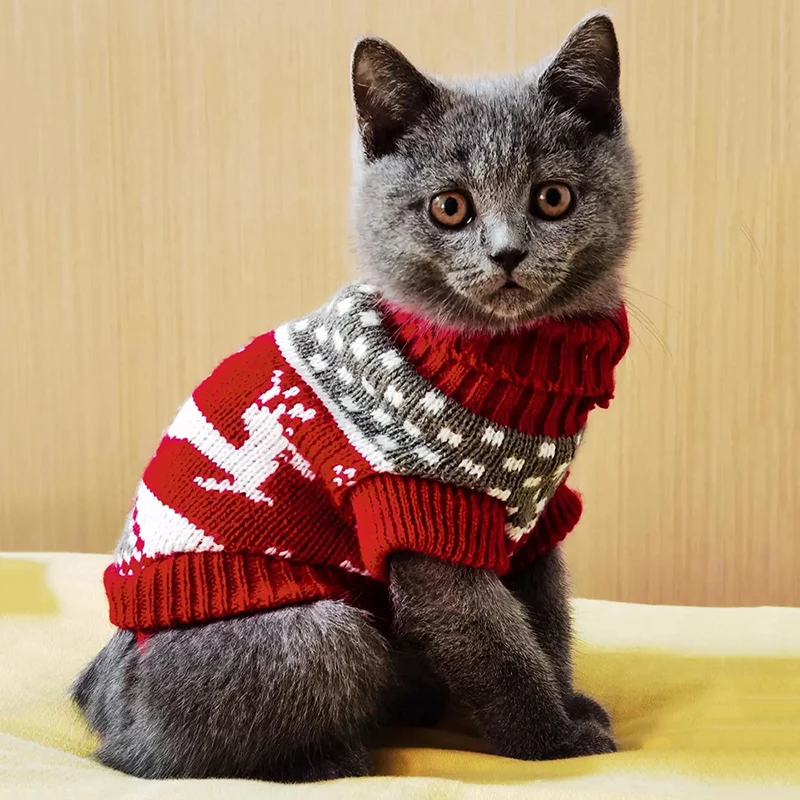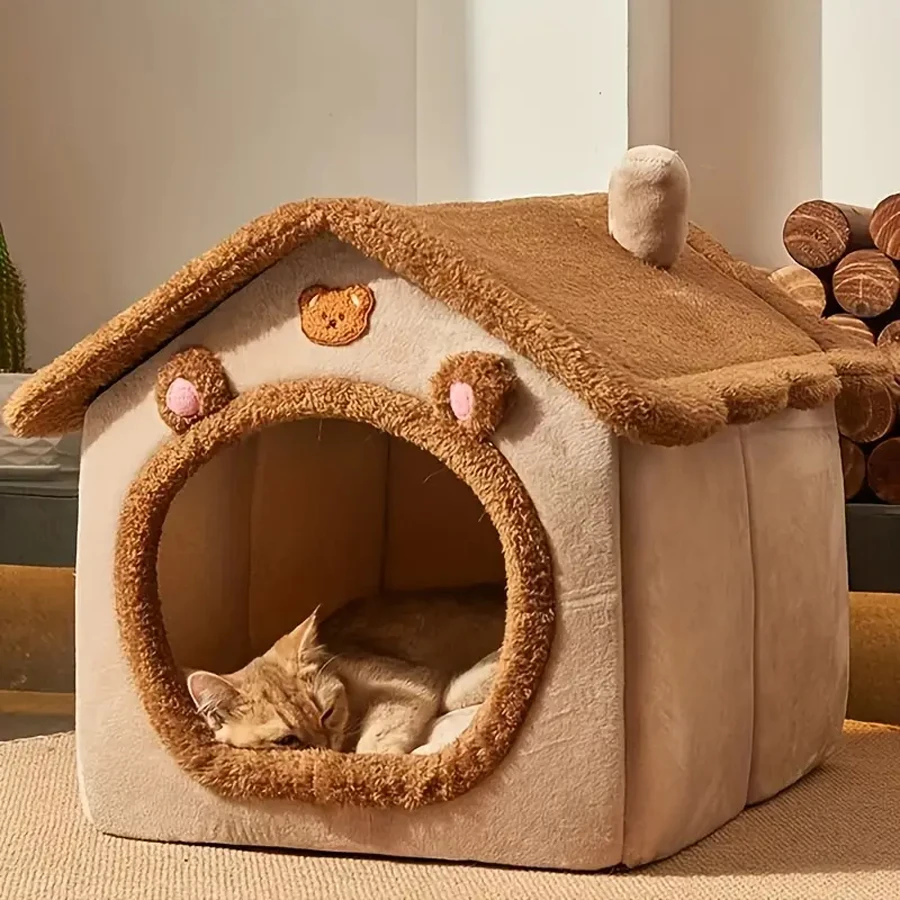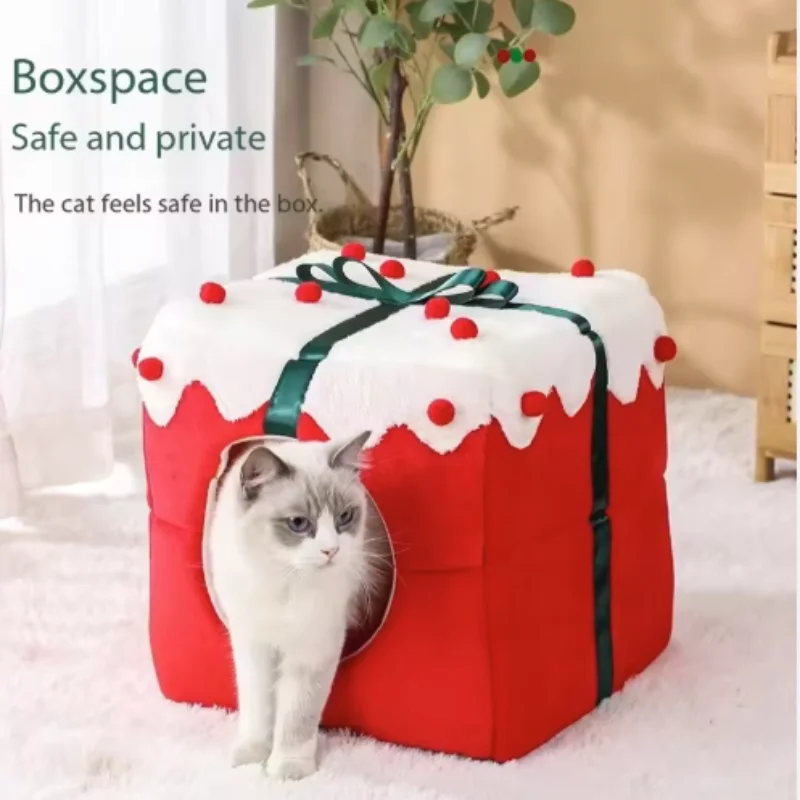The Feline Innovators of Social Movements: Cats and Their Symbolic Role in Advocacy
- 6 Comments
In the world of social movements, where symbols carry the weight of change, cats have emerged as unlikely yet potent icons of advocacy. These enigmatic creatures, with their historic and cultural significance, have transcended their status as mere pets to become emblematic figures in various campaigns, rallies, and social justice platforms. As movements evolve in the digital age, the cat’s image—often playful, mysterious, and independent—serves as a powerful tool for conveying complex messages and rallying support across diverse demographics.
Throughout history, cats have been revered, feared, and admired, making them a versatile symbol in the tapestry of human society. Their independent nature and enigmatic presence resonate with themes of freedom and autonomy, qualities that many social movements strive to embody. From the suffragette movement to contemporary environmental campaigns, the image of the cat has been invoked to inspire and mobilize support.
The use of cats in advocacy is not limited to their symbolic value. In recent years, the internet has amplified their role, transforming them into virtual mascots for causes ranging from animal rights to political activism. Viral cat memes, videos, and imagery are strategically used by activists to engage audiences, often serving as a gateway to deeper discussions about societal issues. The playful nature of cat content provides an accessible entry point for individuals who might otherwise be disengaged from more serious topics, making it an effective tool for increasing awareness and participation.
Moreover, cats occupy a unique space in the collective consciousness, often associated with themes of resilience and survival. These qualities make them particularly effective symbols in movements addressing issues of oppression and inequality. The black cat, for instance, has historically been used by anarchists and labor movements as a symbol of resistance and rebellion. Its association with witchcraft and the supernatural adds layers of meaning, challenging traditional power structures and encouraging alternative perspectives.
In the realm of animal rights, cats have played a dual role as both subjects and symbols of advocacy. Campaigns for the humane treatment of stray and feral cats have highlighted issues of urban wildlife management and ethical responsibility. Organizations dedicated to feline welfare have successfully used the cat’s image to garner support and funding, drawing attention to broader themes of compassion and coexistence with nature.
The feline influence extends to the world of fashion and merchandise, where cat-themed products often serve as fundraising tools for social causes. T-shirts, tote bags, and posters featuring cat imagery not only raise funds but also serve as conversation starters, spreading awareness and encouraging dialogue about the issues they represent. This intersection of commerce and advocacy demonstrates the multifaceted role cats play in supporting social movements.
As the landscape of social advocacy continues to evolve, the role of cats as symbols of change is likely to expand. Their image, imbued with historical significance and cultural resonance, will continue to inspire new generations of activists seeking to challenge the status quo and build a more equitable world. In this ever-connected digital age, where messages are crafted and disseminated at lightning speed, the humble cat proves to be a timeless and effective ally in the quest for social justice, embodying the spirit of independence and resilience that fuels transformative change.

In the world of social movements, where symbols carry the weight of change, cats have emerged as unlikely yet potent icons of advocacy. These enigmatic creatures, with their historic and cultural significance, have transcended their status as mere pets to become emblematic figures in various campaigns, rallies, and social justice platforms. As movements evolve in the digital age, the cat’s image—often playful, mysterious, and independent—serves as a powerful tool for conveying complex messages and rallying support across diverse demographics.
Throughout history, cats have been revered, feared, and admired, making them a versatile symbol in the tapestry of human society. Their independent nature and enigmatic presence resonate with themes of freedom and autonomy, qualities that many social movements strive to embody. From the suffragette movement to contemporary environmental campaigns, the image of the cat has been invoked to inspire and mobilize support.
The use of cats in advocacy is not limited to their symbolic value. In recent years, the internet has amplified their role, transforming them into virtual mascots for causes ranging from animal rights to political activism. Viral cat memes, videos, and imagery are strategically used by activists to engage audiences, often serving as a gateway to deeper discussions about societal issues. The playful nature of cat content provides an accessible entry point for individuals who might otherwise be disengaged from more serious topics, making it an effective tool for increasing awareness and participation.
Moreover, cats occupy a unique space in the collective consciousness, often associated with themes of resilience and survival. These qualities make them particularly effective symbols in movements addressing issues of oppression and inequality. The black cat, for instance, has historically been used by anarchists and labor movements as a symbol of resistance and rebellion. Its association with witchcraft and the supernatural adds layers of meaning, challenging traditional power structures and encouraging alternative perspectives.
In the realm of animal rights, cats have played a dual role as both subjects and symbols of advocacy. Campaigns for the humane treatment of stray and feral cats have highlighted issues of urban wildlife management and ethical responsibility. Organizations dedicated to feline welfare have successfully used the cat’s image to garner support and funding, drawing attention to broader themes of compassion and coexistence with nature.
The feline influence extends to the world of fashion and merchandise, where cat-themed products often serve as fundraising tools for social causes. T-shirts, tote bags, and posters featuring cat imagery not only raise funds but also serve as conversation starters, spreading awareness and encouraging dialogue about the issues they represent. This intersection of commerce and advocacy demonstrates the multifaceted role cats play in supporting social movements.
As the landscape of social advocacy continues to evolve, the role of cats as symbols of change is likely to expand. Their image, imbued with historical significance and cultural resonance, will continue to inspire new generations of activists seeking to challenge the status quo and build a more equitable world. In this ever-connected digital age, where messages are crafted and disseminated at lightning speed, the humble cat proves to be a timeless and effective ally in the quest for social justice, embodying the spirit of independence and resilience that fuels transformative change.









6 thoughts on “The Feline Innovators of Social Movements: Cats and Their Symbolic Role in Advocacy”
This insightful article highlights how cats serve as powerful symbols in social movements, inspiring change and fostering deeper engagement.
It’s fascinating to see how cats have become influential icons in driving awareness and support for various social causes.
This insightful post highlights the unique influence cats have in inspiring and supporting social movements.
This insightful post highlights the unique and impactful role cats play in advancing social causes with creativity and charm.
While the post highlights the symbolic role of cats in social causes, it overlooks the oversaturation of cat content online, which can dilute serious messages. The reliance on viral cat imagery might trivialize complex issues rather than foster meaningful engagement.
The comment raises an important point about the potential drawbacks of using cat imagery in social advocacy. While cats can serve as effective symbols and entry points for raising awareness, there is a risk that their ubiquity online might overshadow the complexity of the issues being addressed. It’s crucial for campaigns to balance the use of engaging visuals with substantial content that encourages deeper understanding and meaningful engagement. By ensuring that cat imagery complements rather than oversimplifies the message, advocates can harness its appeal while still conveying the depth and seriousness of their causes.